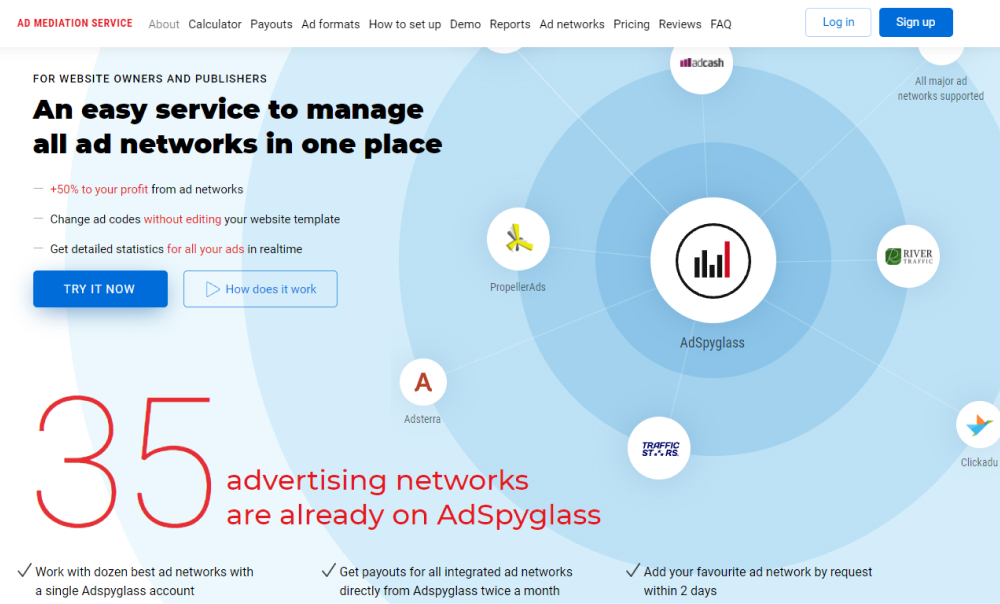A blacklist is a list of websites that advertisers choose not to display ads on. Usually, websites with spam, insecure connections, or inappropriate content end up on blacklists.
Some blacklists are public, meaning that every advertiser can see them and use them while creating ad campaigns. Some are private and are used for websites that do not bring in any traffic or negatively affect the revenue.
Advertisers can blacklist domains (.com, .edu, .org, etc), URLs, publishers, keywords, IPs, and ad placements (footer, sidebar, popup, etc.).
Situations When Blacklist Is Created
Save Brand Name
If a brand’s advertisement appears on websites with spam, clickbait, or inappropriate content, users will connect the brand’s name to the sketchy website.
Bring More Revenue With Less Spending
Some websites have few users or irrelevant audiences. In this case, the advertiser pays but rarely gets views, conversions, and sales. If they see that some website decreases ROI, they can blacklist it.
Avoid Two Ads on One Page
Advertisers sometimes use more than one ad network and have partnerships without involving the networks. Therefore, it may happen that your ad appears on the same page twice and you basically pay twice as much for nothing.
